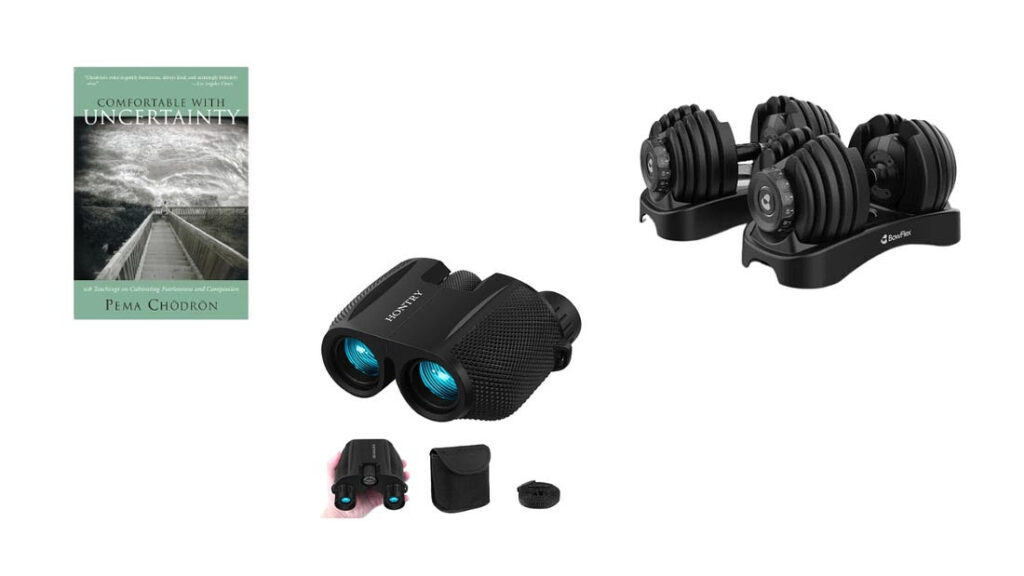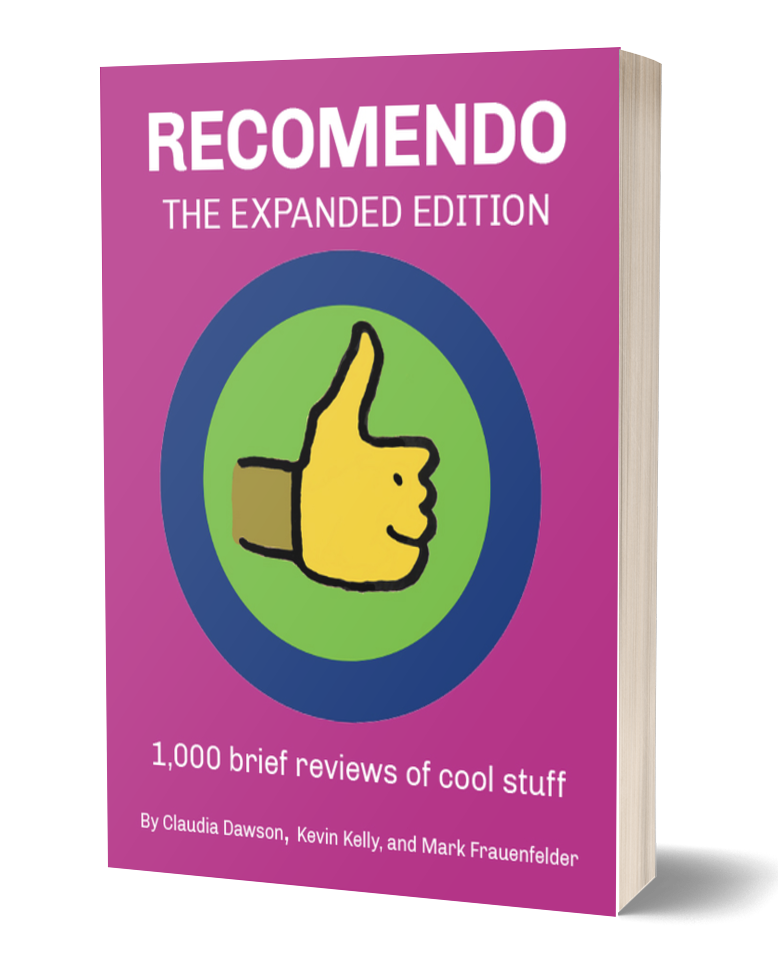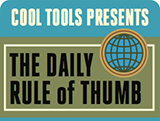A cool tool can be any book, gadget, software, video, map, hardware, material, or website that is tried and true. All reviews on this site are written by readers who have actually used the tool and others like it. Items can be either old or new as long as they are wonderful. We post things we like and ignore the rest. Suggestions for tools much better than what is recommended here are always wanted.
Tell us what you love.Categories
- Announcements
- Aural
- Autonomous Motion
- Backpacking
- Big Systems
- Clothing
- Communications
- Community
- Computers
- Consumptivity
- Craft
- Culture
- Dead Tools
- Deals
- Design
- Destinations
- Dwelling
- Edibles
- Every Day Carry
- Family
- Gardens
- Gareth's Tips
- General Purpose Tools
- Health
- Homestead
- Inner Space
- Just 1 Question
- Kitchen
- Learning
- Life on Earth
- Livelihood
- Living on the Road
- Maker Tools
- Maker Update
- Materials
- Media Tools
- Multiple Product Reviews
- No Stream
- Nomadico
- Paper World
- Photography
- Play
- Podcast
- Prove Us Wrong
- Readers' Gifts
- Recomendo
- Related Stuff
- Science Method
- Somatics
- Source Wanted
- Tips
- Tool Chest
- Tools for Possibilities
- Uncategorized
- Vehicles
- Videos
- Visual Media
- What's in My Bag
- Workplace
- Workshop
I am a technical field representative in the media data industry. I have tons of varied interests and generally prefer being in the outdoors. Stay active and stay curious. —Bob Oken

PHYSICAL
- Comfortable with Uncertainty by Pema Chodron - I treat this book as a daily devotional. I’m not a religious person but the act of reading one page per day and meditating on it is powerful and scratches my spiritual itch. Pema Chodron has written many books on meditation and mindfulness. Her writing is down to earth, conversational, and never ceases to make me think deeply.
- Mini Binoculars - I have two windows in my home office and I love to sit at my desk and use these mini binoculars to observe nature in my yard. You can certainly spend a lot more money on fancy binocs but these are inexpensive and do the job well.
- Bowflex 552 Adjustable Dumbbells - Staying fit and strength training have become big parts of my life as I have advanced into middle age. These dumbbells are easy to use, save a ton of space over traditional dumbbell sets and are well made. I’ve had them for years, use them 4 times weekly and they just keep on going.
DIGITAL
- Internet Archive - From their website, “Internet Archive is a non-profit library of millions of free texts, movies, software, music, websites, and more”. You can spend hours here discovering live music, old books, videos, you name it. And it’s all free. Kind of what we all wanted from the internet when it began.
- Perplexity Comet Browser - This is not just a browser, it’s also an AI assistant. It can do anything that Chrome, Edge or Safari can do but can also book a trip (including finding flights, hotels, etc.), browse your emails for specific information or give you recipe ideas for tonights dinner and order the ingredients for pick up from Wal Mart, etc. Perplexity is a great AI app and the integration to web browser/Ai Assistant just seems natural. It’s very new so it will only get better from here.
INVISIBLE
A lot of people prefer the comfort of a crowd to the responsibility of independent thought. — Shane Parrish
This quote is so appropriate to todays on line world. Shane Parrish is one of the most cogent thinkers around. His Sunday newsletter, Brain Food, bills itself to be a “signal in a world full of noise”. It truly is just that. There’s not a week that goes by where I don’t gain some insight from his critical thinking. He also has several great books and a fantastic podcast.
Sign up here to get What’s in my NOW? a week early in your inbox.






